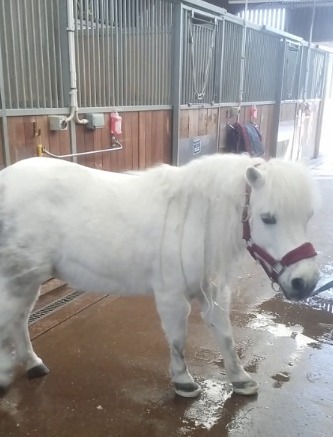Understanding the role of genetic background as a risk factor for laminitis in UK ponies
Dr Nicola Menzies-Gow has been awarded funding by Mars Petcare UK for a study that will involve understanding the role of genetic background as a risk factor for laminitis in UK ponies.
Laminitis is a common, painful and debilitating condition of the hoof. In Great Britain, the annual incidence of equine laminitis is estimated to be around 10%. It is considered a clinical syndrome, associated with systemic disease (sepsis or endocrine disease) or altered weight bearing and endocrinopathic laminitis is now believed to be the predominant form. Significant physiological differences exist between animals that are affected compared with those that are unaffected, with animals at higher risk having higher circulating insulin concentrations, and typically higher plasma triglycerides and body condition scores plus lower adiponectin concentrations.
At the cellular level, changes in lamellar epithelial cell death and proliferation are seen, leading to cellular stretching. These cellular changes can be linked to dorsal hoof growth and curvature, supporting the hypothesis of mechanical stretching leading to lamellar separation and the occurrence of laminitis. Height and stature have been shown in some studies to be associated with both laminitis risk and dorsal hoof curvature and are known to be correlated with basal insulin concentrations; ponies tend to have be more insulin resistant than horses making them more prone to equine metabolic syndrome (EMS), and this effect is genetically mediated. This genetic susceptibility may be a result of genetic adaptation of pony breeds for survival in harsh environments, but under more favourable conditions these adaptations result in the tendency to obesity, EMS and higher laminitis risk. The aim of the proposed project is to explore the association between genetic background (which incorporates breed type and body stature), body condition, dorsal hoof curvature and risk of equine metabolic syndrome (EMS) or endocrinopathic laminitis.

You may also be interested in:
-
A painful tail: RVC research reveals which dogs have greatest risk of a tail injury
A new study from the Royal Veterinary College (RVC) has found that the Boxer, English Springer …

